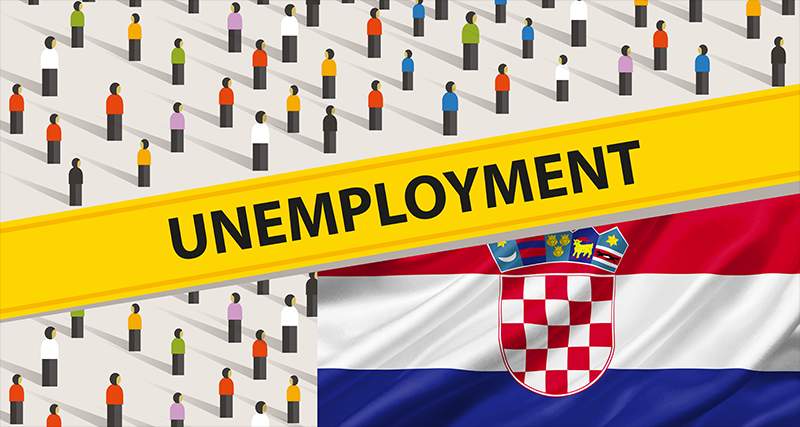2025-02-21
jobs

Unemployment in Croatia has reached its highest level in nine months, with the number of registered unemployed rising to 97,341 in January 2025. This marks an increase of 5,778 people compared to December, highlighting a concerning trend at the beginning of the year. Data released by the Croatian Bureau of Statistics, as reported by RTTNews and TradingEconomics, confirms the ongoing labor market challenges facing the country. The unemployment rate climbed to 5.4% in January, up from 5.1% in December, marking the highest level since April 2024, when it stood at 5.6%. While the latest figures indicate a recent spike in unemployment, they also reflect a notable year-on-year improvement, as the rate stood at 6.8% in January 2024. This suggests that, despite short-term fluctuations, the Croatian labor market has demonstrated some resilience over the past year. The rise in unemployment at the start of 2025 is largely attributed to seasonal employment patterns in Croatia, a country whose economy is heavily reliant on tourism and service industries. During the summer months, thousands of temporary jobs are created in hospitality, retail, and transport sectors, leading to a significant drop in unemployment. However, as the winter season sets in, many of these jobs come to an end, resulting in higher jobless figures during the first quarter of the year. Another factor contributing to the rise in unemployment is the economic slowdown that has affected several industries, including manufacturing and construction. Rising inflation, energy costs, and global uncertainties have also played a role in limiting business expansion and hiring. Despite government efforts to support employment through various stimulus packages, subsidies, and vocational training programs, the current economic climate continues to present challenges for both employers and job seekers. Labor market experts suggest that unemployment may remain elevated in the coming months, particularly if economic growth does not accelerate. However, optimism remains for a rebound in the second quarter of the year, when tourism-driven hiring is expected to pick up ahead of the peak travel season. Additionally, new foreign investments in infrastructure, technology, and green energy projects could help boost employment opportunities in the long run. The Croatian government continues to monitor the situation closely, with policies aimed at encouraging job creation and labor market flexibility. Measures such as incentives for startups, job retraining programs, and investment in digital transformation are seen as key tools in tackling unemployment and ensuring long-term stability in the labor force. While the rise in unemployment raises concerns, it is not entirely unexpected given historical labor market trends. The key challenge will be ensuring that job seekers find stable and sustainable employment opportunities, particularly in industries less dependent on seasonal fluctuations. As Croatia navigates its economic path in 2025, the ability to adapt to shifting labor demands and global trends will be crucial in maintaining economic stability and workforce resilience.

